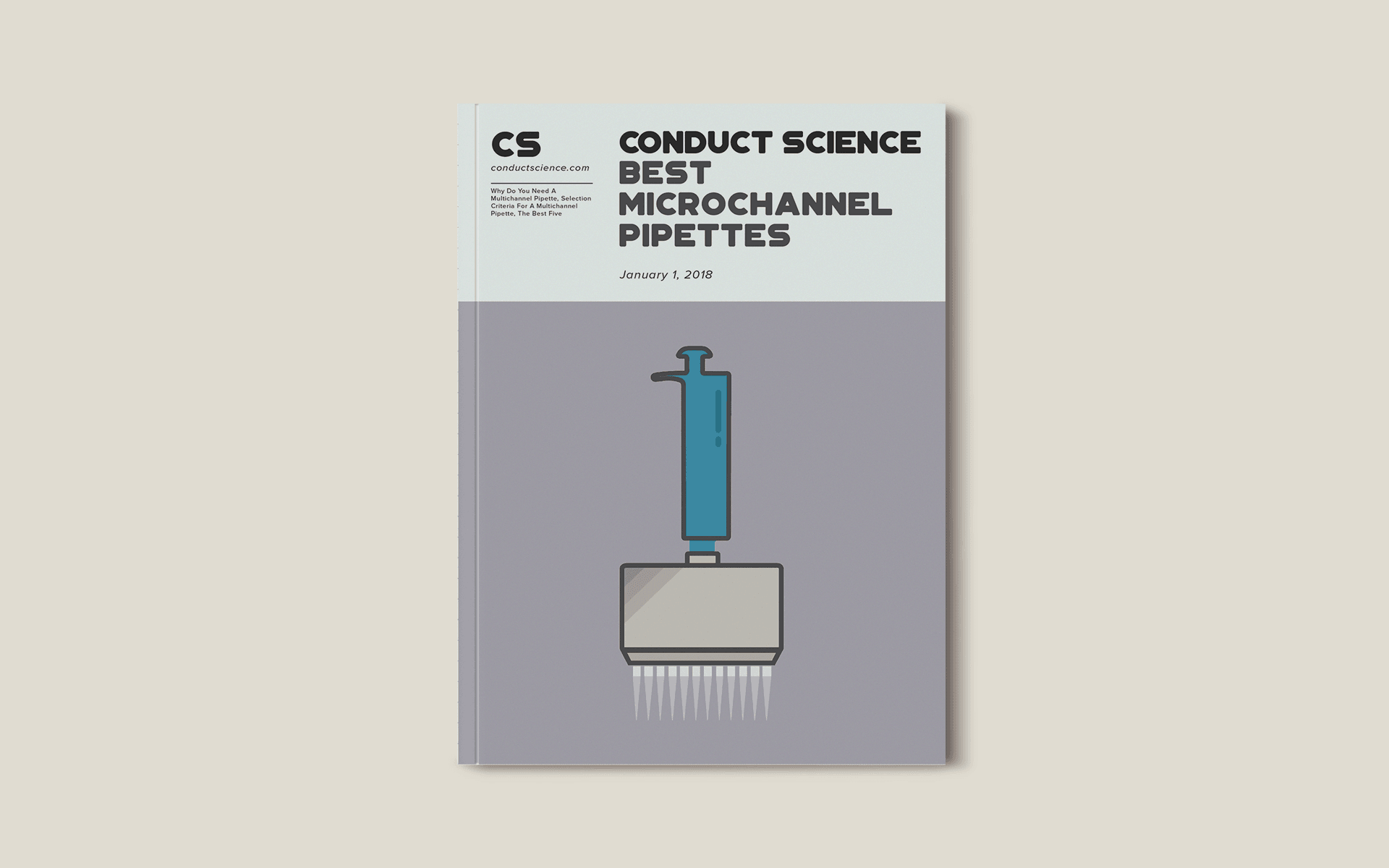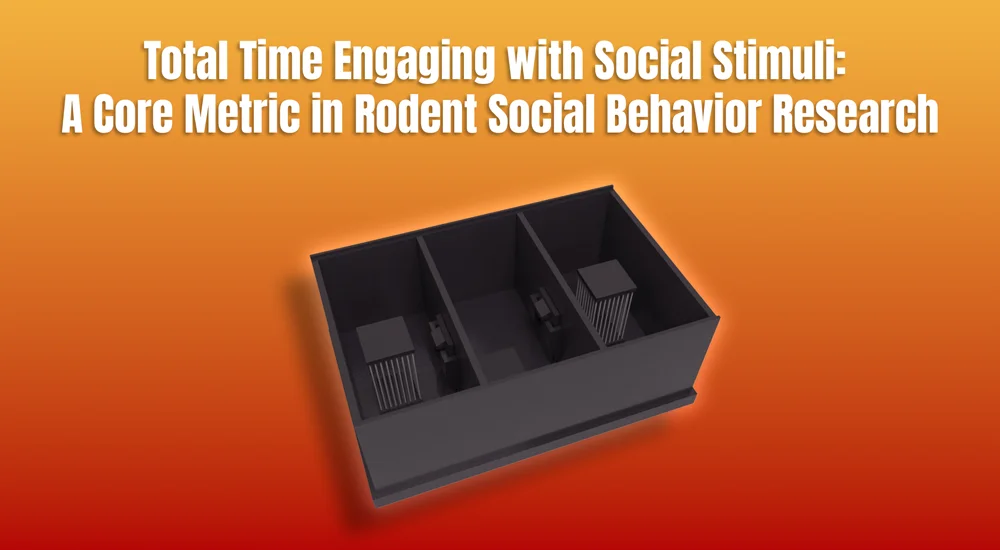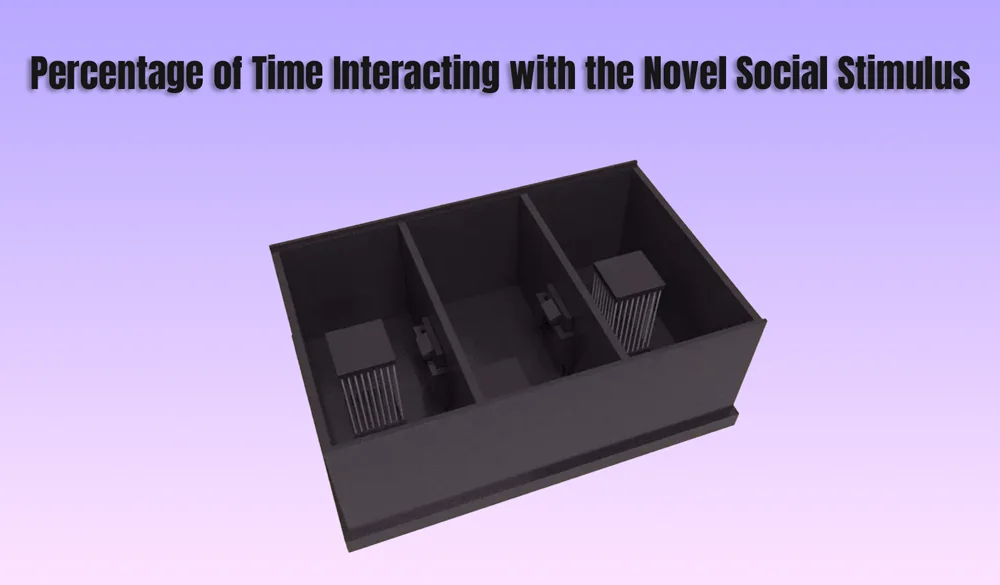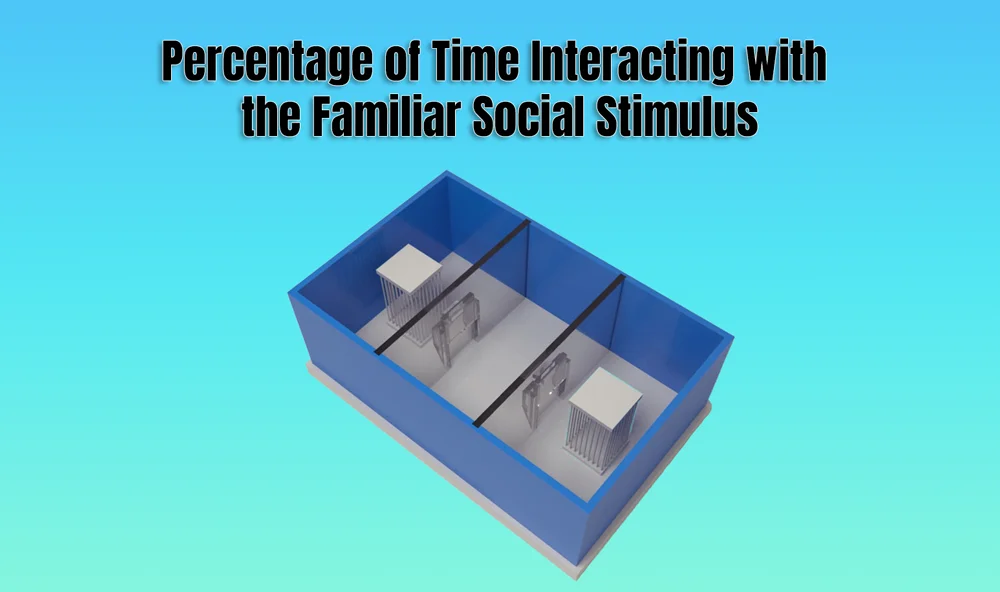

Pipetting, at first glance, would seem a fairly simple and easy task. Essentially described as glass or plastic tubes used to measure and transfer liquid substances of accurate volumes, pipettes are the ultimate laboratory tool. Yes, pipettes and micropipettes are easy to use–but, for scientists and professionals working in genetics, chemistry, microbiology, and medical research, transferring substances one at a time for experiments that would need a thousand or so samples can become an inexplicable nightmare.
In the success of large-scale experiments, just as important as knowledgeable procedures, safety regulations, and accurate measurements is laboratory efficiency. Ordinary pipettes and automatic micropipettes already offer the former, but how about the latter? The solution for efficiency is as painless and straightforward as can be–multichannel pipettes.
Multichannel pipettes are tools that allow the simultaneous aspiration of multiple pipette tips, effectively increasing laboratory output and reducing production time and costs. Different design variations of the multichannel pipette allow for the usual 8 to 12 to as much as premium 16, 48, and 64 pipetting channels that aspirate and dispense large volumes of liquid substances in welled trays at a time. However, increasing efficiency shouldn’t come at a cost for measuring accuracy. The best multichannel pipettes are expected to deliver superior accuracy with high-volume pipetting, as well as maximum comfort to the user.
With a large number of pipette brands on the market today, it can all get a little too confusing for the prospective pipette buyer. Premium laboratory equipment such as the multichannel pipette are expensive investments, and choosing the right variant is a crucial decision to be made. Nevertheless, this choice can be made easy once important benchmark criteria are kept in mind. What do you need to look for in a high-performance multi-channel pipette? Let’s look at our checklist.
Do you need an electronic, 8-channel, 100 microliter multichannel pipette? Or a 12-channel pipette at 200 microliter settings? Establishing what is necessary for your experimental procedures is a must, before choosing among the other less essential features. But of course, as with any experimental pursuit, scientists can only dream of going beyond one’s set budget. Therefore, the first thing on our list is financial considerations. This factor can quickly narrow down options, with different multichannel pipettes offering distinct features and properties at varying prices.
Conducting research can present very high demands for scientists, necessitating intensive manual labor across long periods of time. Spending hours in the lab with pipette in hand could prove an arduous task for any professional, and it is therefore important to consider that members of the laboratory staff are as comfortable as possible especially when using these complex instruments. Consequently, minimizing the risk of fatigue and wrist strain also minimizes the risk of error. The right multichannel pipette must have updated ergonomic designs for maximum productivity. Ideally, it may be equipped with a 360-degree rotation for convenience in adjusting to any position, and it must also be light enough to be comfortably held by the user for long periods.
Time is a limited resource in laboratory experiments, and none of it must be wasted on activities that are of lesser priority. Cleaning equipment, for example, is of utmost importance in the lab, but can potentially take too much time and workforce. Therefore, the right multichannel pipette must be easily cleaned and autoclavable to ensure lab safety and avoid contamination of substances without taking too much effort.
Given the wide array of pipette brands that exist in the market today, measurements might not be standardized for all variant products. That being the case, in buying new instruments for use in the laboratory, one must take into account the compatibility of equipment to the available resources. In the case of multichannel pipettes, the fit of the pipette tip can vary from brand to brand. Therefore, one must ensure that the multichannel pipette of choice has properly valued, widely available and easily acquired pipette tips.
Lastly, but surely not the least on our checklist, is the accuracy of measurement of the multichannel pipette. In using such a convenient, effortless, and efficient tool such as the multichannel pipette, it may be easy to disregard its number one purpose, which is to deliver substances in exact amounts. In transferring volumes one a time versus filling eight channels simultaneously, it isn’t as easy for the scientist to do manual re-checks for precision. Therefore, relying on the accuracy of the instrument is of optimum priority.
All modern laboratories should have multichannel pipettes in their arsenals. Now that we know what it takes to become a smart and responsible buyer of multichannel pipettes, here is a list of the best multichannel pipettes out there today.
Eppendorf® Research Plus Multichannel Pipette
Gilson PIPETMAN Neo MULTI
Thermo Scientific Finnpipette F1
Sartorius Biohit® mLINE Advanced Multichannel Pipette
Scilogex MicroPette
In behavioral neuroscience, the Open Field Test (OFT) remains one of the most widely used assays to evaluate rodent models of affect, cognition, and motivation. It provides a non-invasive framework for examining how animals respond to novelty, stress, and pharmacological or environmental manipulations. Among the test’s core metrics, the percentage of time spent in the center zone offers a uniquely normalized and sensitive measure of an animal’s emotional reactivity and willingness to engage with a potentially risky environment.
This metric is calculated as the proportion of time spent in the central area of the arena—typically the inner 25%—relative to the entire session duration. By normalizing this value, researchers gain a behaviorally informative variable that is resilient to fluctuations in session length or overall movement levels. This makes it especially valuable in comparative analyses, longitudinal monitoring, and cross-model validation.
Unlike raw center duration, which can be affected by trial design inconsistencies, the percentage-based measure enables clearer comparisons across animals, treatments, and conditions. It plays a key role in identifying trait anxiety, avoidance behavior, risk-taking tendencies, and environmental adaptation, making it indispensable in both basic and translational research contexts.
Whereas simple center duration provides absolute time, the percentage-based metric introduces greater interpretability and reproducibility, especially when comparing different animal models, treatment conditions, or experimental setups. It is particularly effective for quantifying avoidance behaviors, risk assessment strategies, and trait anxiety profiles in both acute and longitudinal designs.
This metric reflects the relative amount of time an animal chooses to spend in the open, exposed portion of the arena—typically defined as the inner 25% of a square or circular enclosure. Because rodents innately prefer the periphery (thigmotaxis), time in the center is inversely associated with anxiety-like behavior. As such, this percentage is considered a sensitive, normalized index of:
Critically, because this metric is normalized by session duration, it accommodates variability in activity levels or testing conditions. This makes it especially suitable for comparing across individuals, treatment groups, or timepoints in longitudinal studies.
A high percentage of center time indicates reduced anxiety, increased novelty-seeking, or pharmacological modulation (e.g., anxiolysis). Conversely, a low percentage suggests emotional inhibition, behavioral avoidance, or contextual hypervigilance. reduced anxiety, increased novelty-seeking, or pharmacological modulation (e.g., anxiolysis). Conversely, a low percentage suggests emotional inhibition, behavioral avoidance, or contextual hypervigilance.
The percentage of center time is one of the most direct, unconditioned readouts of anxiety-like behavior in rodents. It is frequently reduced in models of PTSD, chronic stress, or early-life adversity, where animals exhibit persistent avoidance of the center due to heightened emotional reactivity. This metric can also distinguish between acute anxiety responses and enduring trait anxiety, especially in longitudinal or developmental studies. Its normalized nature makes it ideal for comparing across cohorts with variable locomotor profiles, helping researchers detect true affective changes rather than activity-based confounds.
Rodents that spend more time in the center zone typically exhibit broader and more flexible exploration strategies. This behavior reflects not only reduced anxiety but also cognitive engagement and environmental curiosity. High center percentage is associated with robust spatial learning, attentional scanning, and memory encoding functions, supported by coordinated activation in the prefrontal cortex, hippocampus, and basal forebrain. In contrast, reduced center engagement may signal spatial rigidity, attentional narrowing, or cognitive withdrawal, particularly in models of neurodegeneration or aging.
The open field test remains one of the most widely accepted platforms for testing anxiolytic and psychotropic drugs. The percentage of center time reliably increases following administration of anxiolytic agents such as benzodiazepines, SSRIs, and GABA-A receptor agonists. This metric serves as a sensitive and reproducible endpoint in preclinical dose-finding studies, mechanistic pharmacology, and compound screening pipelines. It also aids in differentiating true anxiolytic effects from sedation or motor suppression by integrating with other behavioral parameters like distance traveled and entry count (Prut & Belzung, 2003).
Sex-based differences in emotional regulation often manifest in open field behavior, with female rodents generally exhibiting higher variability in center zone metrics due to hormonal cycling. For example, estrogen has been shown to facilitate exploratory behavior and increase center occupancy, while progesterone and stress-induced corticosterone often reduce it. Studies involving gonadectomy, hormone replacement, or sex-specific genetic knockouts use this metric to quantify the impact of endocrine factors on anxiety and exploratory behavior. As such, it remains a vital tool for dissecting sex-dependent neurobehavioral dynamics.
The percentage of center time is one of the most direct, unconditioned readouts of anxiety-like behavior in rodents. It is frequently reduced in models of PTSD, chronic stress, or early-life adversity. Because it is normalized, this metric is especially helpful for distinguishing between genuine avoidance and low general activity.
Environmental Control: Uniformity in environmental conditions is essential. Lighting should be evenly diffused to avoid shadow bias, and noise should be minimized to prevent stress-induced variability. The arena must be cleaned between trials using odor-neutral solutions to eliminate scent trails or pheromone cues that may affect zone preference. Any variation in these conditions can introduce systematic bias in center zone behavior. Use consistent definitions of the center zone (commonly 25% of total area) to allow valid comparisons. Software-based segmentation enhances spatial precision.
Evaluating how center time evolves across the duration of a session—divided into early, middle, and late thirds—provides insight into behavioral transitions and adaptive responses. Animals may begin by avoiding the center, only to gradually increase center time as they habituate to the environment. Conversely, persistently low center time across the session can signal prolonged anxiety, fear generalization, or a trait-like avoidance phenotype.
To validate the significance of center time percentage, it should be examined alongside results from other anxiety-related tests such as the Elevated Plus Maze, Light-Dark Box, or Novelty Suppressed Feeding. Concordance across paradigms supports the reliability of center time as a trait marker, while discordance may indicate task-specific reactivity or behavioral dissociation.
When paired with high-resolution scoring of behavioral events such as rearing, grooming, defecation, or immobility, center time offers a richer view of the animal’s internal state. For example, an animal that spends substantial time in the center while grooming may be coping with mild stress, while another that remains immobile in the periphery may be experiencing more severe anxiety. Microstructure analysis aids in decoding the complexity behind spatial behavior.
Animals naturally vary in their exploratory style. By analyzing percentage of center time across subjects, researchers can identify behavioral subgroups—such as consistently bold individuals who frequently explore the center versus cautious animals that remain along the periphery. These classifications can be used to examine predictors of drug response, resilience to stress, or vulnerability to neuropsychiatric disorders.
In studies with large cohorts or multiple behavioral variables, machine learning techniques such as hierarchical clustering or principal component analysis can incorporate center time percentage to discover novel phenotypic groupings. These data-driven approaches help uncover latent dimensions of behavior that may not be visible through univariate analyses alone.
Total locomotion helps contextualize center time. Low percentage values in animals with minimal movement may reflect sedation or fatigue, while similar values in high-mobility subjects suggest deliberate avoidance. This metric helps distinguish emotional versus motor causes of low center engagement.
This measure indicates how often the animal initiates exploration of the center zone. When combined with percentage of time, it differentiates between frequent but brief visits (indicative of anxiety or impulsivity) versus fewer but sustained center engagements (suggesting comfort and behavioral confidence).
The delay before the first center entry reflects initial threat appraisal. Longer latencies may be associated with heightened fear or low motivation, while shorter latencies are typically linked to exploratory drive or low anxiety.
Time spent hugging the walls offers a spatial counterbalance to center metrics. High thigmotaxis and low center time jointly support an interpretation of strong avoidance behavior. This inverse relationship helps triangulate affective and motivational states.
By expressing center zone activity as a proportion of total trial time, researchers gain a metric that is resistant to session variability and more readily comparable across time, treatment, and model conditions. This normalized measure enhances reproducibility and statistical power, particularly in multi-cohort or cross-laboratory designs.
For experimental designs aimed at assessing anxiety, exploratory strategy, or affective state, the percentage of time spent in the center offers one of the most robust and interpretable measures available in the Open Field Test.
Written by researchers, for researchers — powered by Conduct Science.








Monday – Friday
9 AM – 5 PM EST
DISCLAIMER: ConductScience and affiliate products are NOT designed for human consumption, testing, or clinical utilization. They are designed for pre-clinical utilization only. Customers purchasing apparatus for the purposes of scientific research or veterinary care affirm adherence to applicable regulatory bodies for the country in which their research or care is conducted.